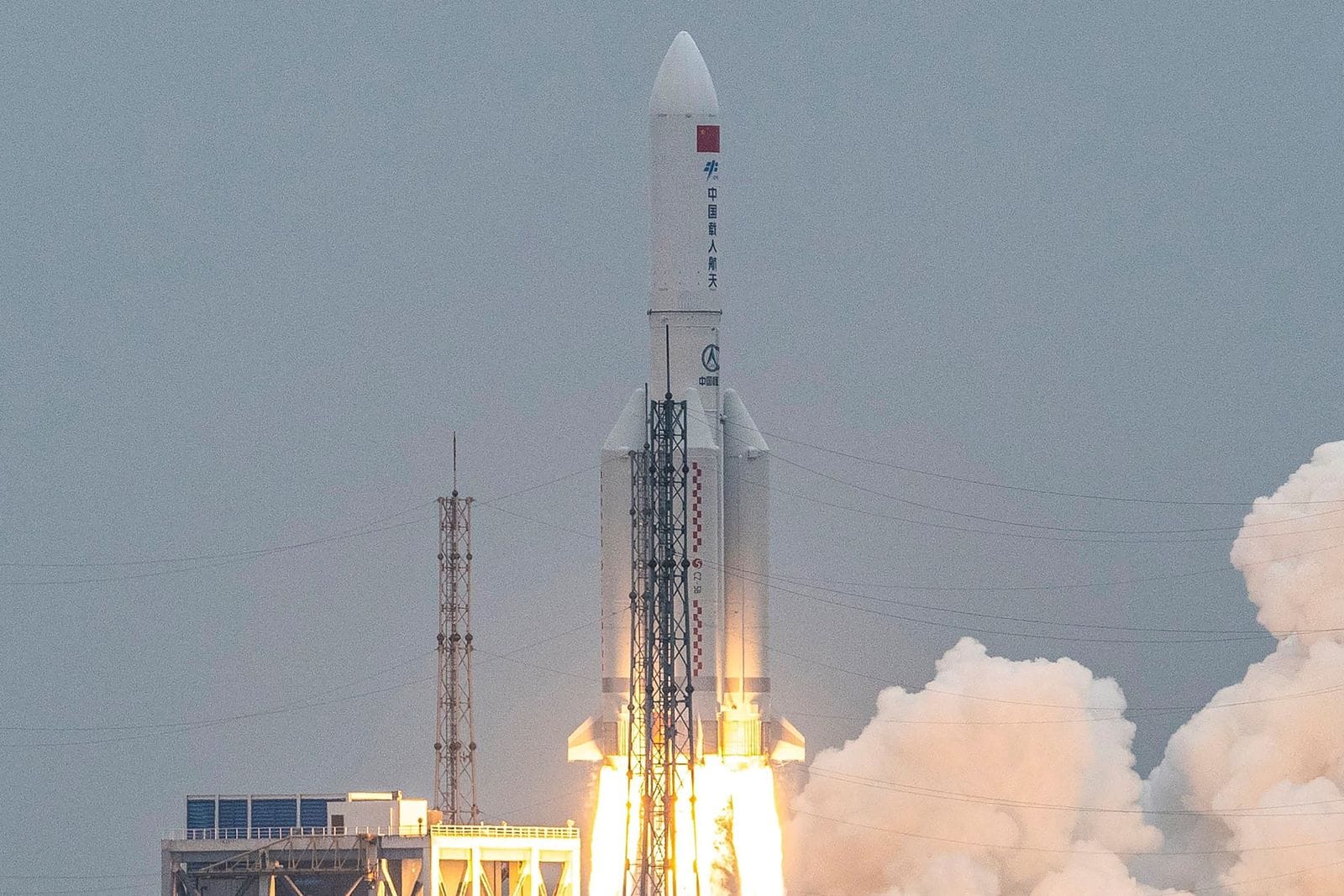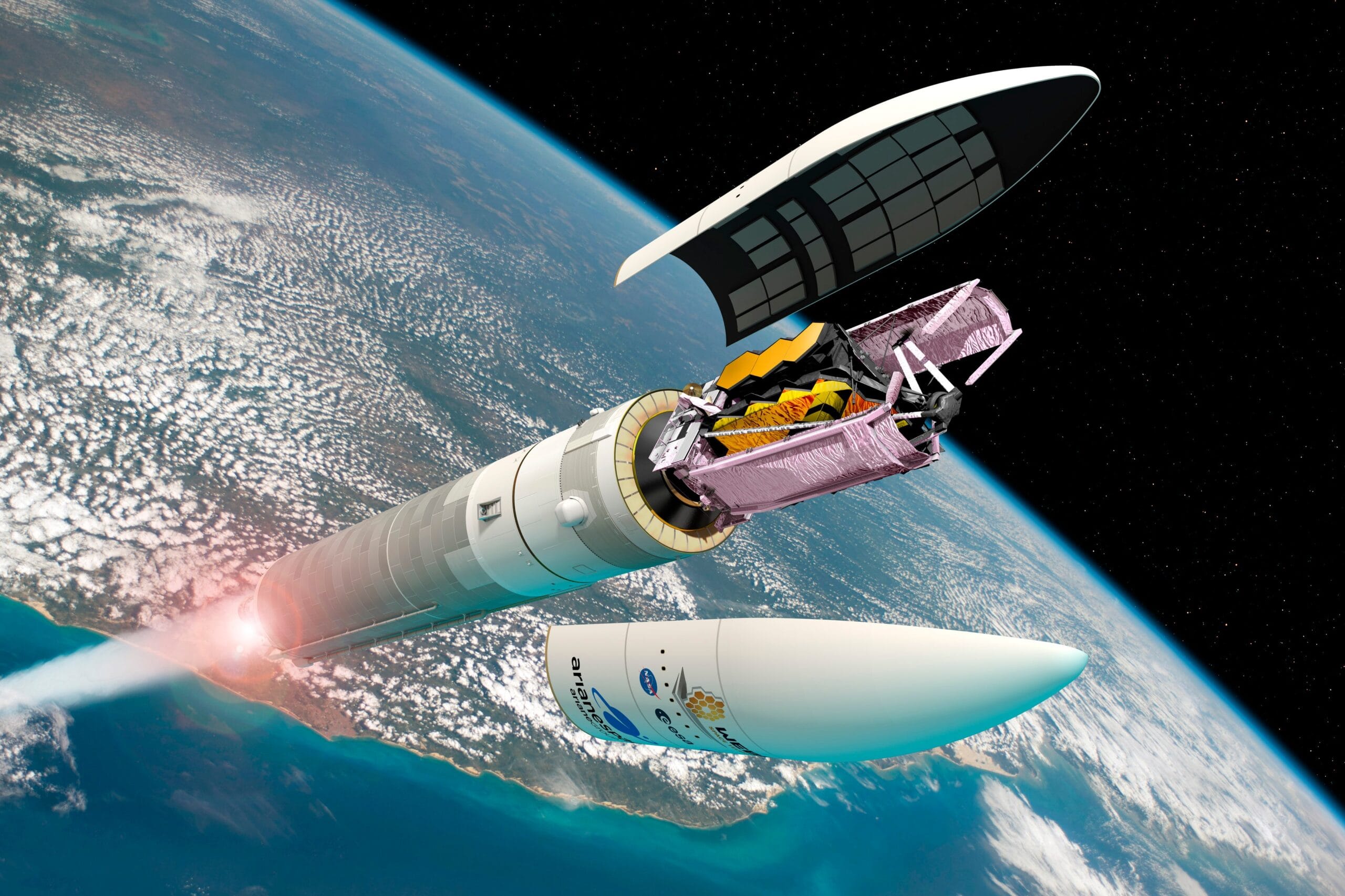In a remarkable display, residents across several states in the U.S. reported witnessing a giant white streak materializing in the sky, sparking curiosity and concern amongst the public. This unusual occurrence has been attributed to the recent activity of a Chinese rocket, which purportedly discharged experimental fuel as part of its operational protocol. The phenomenon, which was notably visible across states including California, Texas, and Kansas, has drawn attention to the challenges posed by space exploration and the management of rocket-related debris.
The incident began on a typical day when observers noticed a long, luminous line stretching across the heavens. Initially, many speculated about its origin, with theories ranging from meteor showers to military testing. However, investigations soon revealed that the streak was caused by the atmospheric re-entry of a Chinese rocket that had completed its mission. The rocket, which was launched to test new technologies, released a specific type of fuel designed for experimental purposes, leading to the visible streak.
Space agencies worldwide continue to monitor such occurrences closely, as the implications extend beyond merely intriguing visuals. Fuel dumping, while sometimes necessary for operational safety, raises significant environmental concerns. The practice has been criticized for its potential impact on atmospheric conditions and the risks it poses to both natural ecosystems and human activity on Earth.
Experts in aerospace and atmospheric sciences emphasize the importance of understanding the environmental effects of rocket launches and fuel disposal. The problem of atmospheric debris from rockets is not merely a spectacle but also a growing concern in the realm of environmental safety. As technology develops and space missions become more frequent, the need for rigorous assessment and management strategies for rocket emissions is becoming increasingly evident.
While the incident may have created a temporary spectacle, it has also sparked a broader conversation about the future of space exploration and its implications for Earth. The balance between advancing technology and protecting our environment has become a critical issue for many nations. Regulatory frameworks are often lagging behind technological advancements, leading to gaps in oversight. As more countries engage in space activities, the potential environmental impact becomes an ever more significant concern.
Following the incident, space officials reiterated that fuel dumping is regulated under international guidelines, although interpretations and compliance can vary significantly between countries. The international community must continue to work collaboratively towards establishing comprehensive agreements that govern the emissions from space missions.
The visibility of the white streak prompted extensive media coverage and dialogue on various platforms. Social media was abuzz with images and videos capturing the phenomenon, inspiring awe while also raising questions about the safety and environmental responsibility of space missions. Citizens expressed a mix of fascination and concern, reflecting the public’s increasing awareness of space-related issues and their impacts on daily life.
Moreover, educational institutions and organizations focused on science and technology have seized the opportunity to engage the public, using the incident as a teaching moment about rocket science, atmospheric phenomena, and the importance of sustainable practices in space exploration. By fostering discourse and awareness, these entities aim to inspire the next generation of scientists, engineers, and responsible stewards of our planet.
As we move further into the era of space exploration, the relationship between spacefaring nations and their responsibilities to Earth must be clarified. The giant white streak over the U.S. serves not just as a current event but as a reminder of the growing intersection between human innovation and environmental stewardship. Therefore, as new technologies emerge and the landscape of rocket science evolves, it is imperative that all involved parties pay heed to the implications of their actions.
Moving forward, increased transparency from nations engaging in rocket launches will be essential. Stakeholder engagement across governmental, scientific, and private sectors will also play a significant role in shaping policies that prioritize both technological advancement and ecological protection.
In conclusion, the observation of a giant white streak across the American sky, attributed to the activities of a Chinese rocket, should serve as a catalyst for ongoing discussions about space safety and environmental responsibility. How we address these challenges will touch on critical aspects of our future, reflecting humanity’s ambitions and the stewardship required to protect our planet. As we continue to venture into the cosmos, striking a balance between exploration and preservation will be key in ensuring a sustainable future for both space and Earth.


